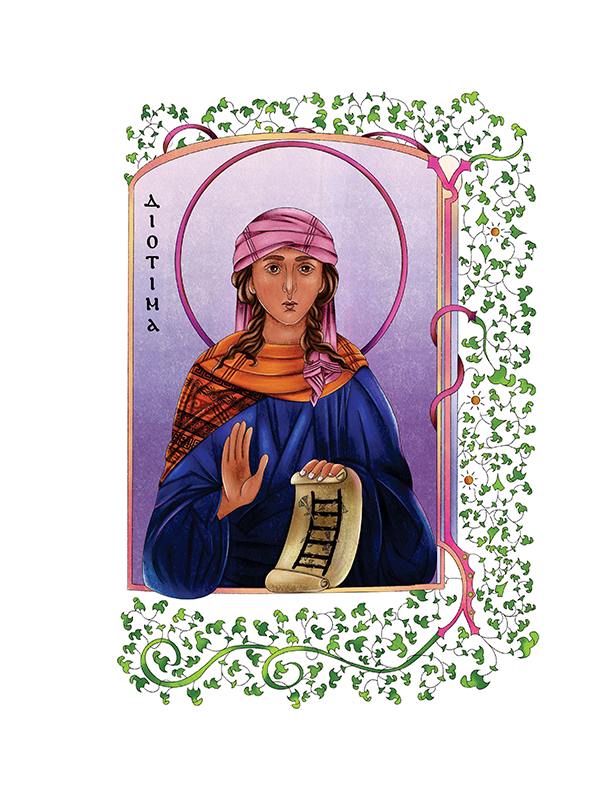
What is “theurgy,” and how do you make a prayer “theurgical?”
Theurgy is when we “imitate” the gods’ eternal actions in religious rites, like praying at a temple, shrine, or altar. The ancients who established this philosophy of worship used prayer materials derived from the living temples of their time. In other words, the historical prayers we see in museums, written as hymns on papyri and steles, were the same ones they used in their personal piety practices, only seen through this specific lens of theurgy.
Hymns in ancient times were structured in various ways—invoking the deity by its sacred names, conferring adoration and thanks, requesting friendship and favor, and promising piety. Not all prayers contain every one of these elements, but all certainly involve at least one. Find a prayer you like and look for these elements.
Invoking a deity by its sacred names, duties, and properties is how you open yourself to the divine and pursue likeness to it. Speaking these names, duties, and properties aloud allows you to call your soul to attention so that it can be more sensitive and open to the elevating effects of the rite. This remains true for the theurgical interpretation as well. When unity with God is the goal, one of the most critical parts is identifying and affirming God to instill in yourself this singular purpose.
Conferring adoration and thanks has more nuanced, specific meanings in a “theurgical” understanding. When you extol the majesty of a deity in prayer, you must imagine yourself as the deity extolling and thanking yourself. Imagining yourself as the deity, adulating yourself, or giving thanks to yourself, allows you to play the role of God’s self-acknowledgment. These are forms of identifying, similar to invoking the sacred names of a deity, and thus retain equal importance.
Requesting friendship with a deity retains the same meaning in a theurgical interpretation. Establishing sympathy with the divine allows the soul to align with God. Beseeching the gods and their messengers for sympathy and affinity hopes to establish a closeness between you and God.
Promising piety and making other kinds of vows in prayer are meant to establish a sacred affirmation of worship in a theurgical interpretation. Again, you imagine yourself as the deity, promising continued devotion to yourself. This identifies and affirms the pursuit of unity.
As a closing metaphor, an easy way to see prayer through a theurgical lens is to imagine it as a martial art or a dance. The gods perform eternal actions, like creating and sustaining forms and giving structure to all levels of being. Although these things in their complete totality are beyond human comprehension, we can mimic their creation and sustenance symbolically in rites. We gain likeness to the gods by placing ourselves in the grooves their movements have carved into the heavens. Our “mimicking motions” are done in the form of the prayers we speak and rites we perform, as well as in the devotional activities we do.









